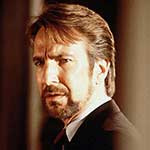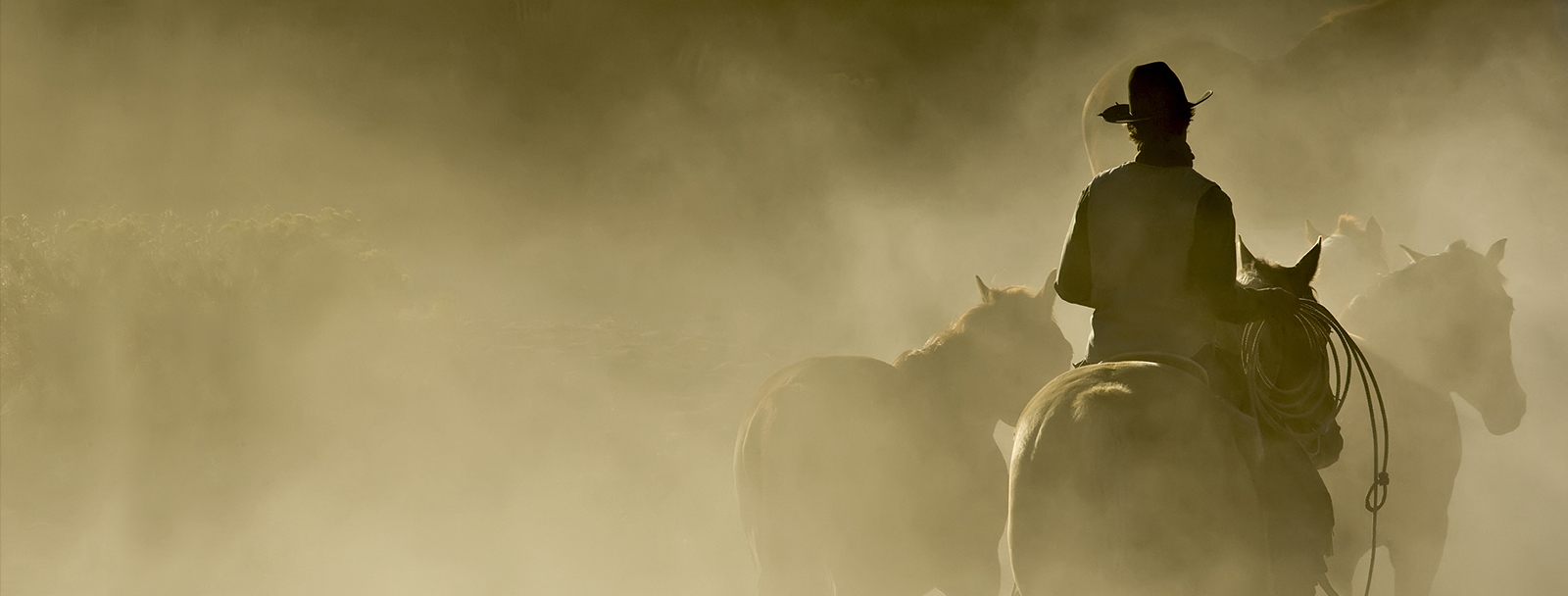
Hans Gruber/Die Hard
Creating a good villain really means to create a character who is nuanced and complex. Our villains can’t be black and white, two-dimensional stick figures.
In my writing, I’ve discovered a couple of keys to making a good villain.
One, they must have goals.
Think of Michael Corleone in the Godfather. Or Hannibal Lecter in Silence of the Lambs. Or Hans Gruber in Die Hard.
In my first novel, Journey to Riverbend, my main villain was Maria, the leader of the kidnappers. Her goal was to get money from Sam Carstairs. Money she believed Carstairs cheated her father out of. She was ruthless in her pursuit of this goal.
Two, they must see themselves as the hero of the story.
Maria saw herself as avenging the great wrongs done to her father. She wanted to restore him to his rightful place in terms of wealth and position.
As you know from previous blogs, I don’t go in much for creating detailed character sketches any more. There is one thing I find very helpful in fleshing out my villains. I write a synopsis from the villain’s point of view, one where he is the hero of his own story. It’s not lengthy. It’s actually more of free write exercise where I focus on the bad guy. What’s driving him? What does he want to achieve? Why? Where is the good in him? How does the hero get in the way? What obstacles does he face?
What drove my villain, Maria was her love for her father and her anguish at seeing him suffer. Her obstacles were getting Sam Carstairs to sign over his wealth. Her larger obstacle was my hero, Michael Archer and the posse trying to rescue Sam.
How do you take you villain from a stick figure to a complex person?

No comments yet.